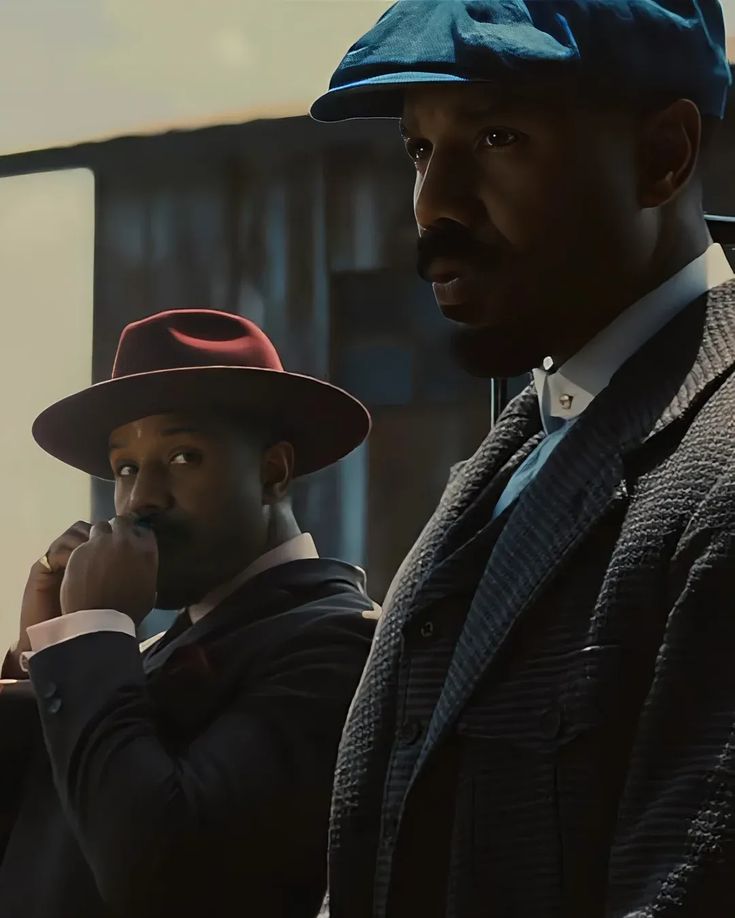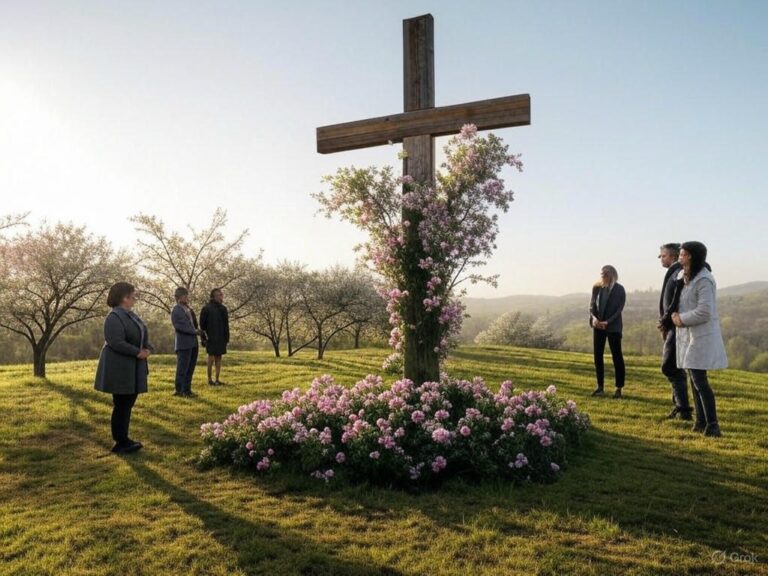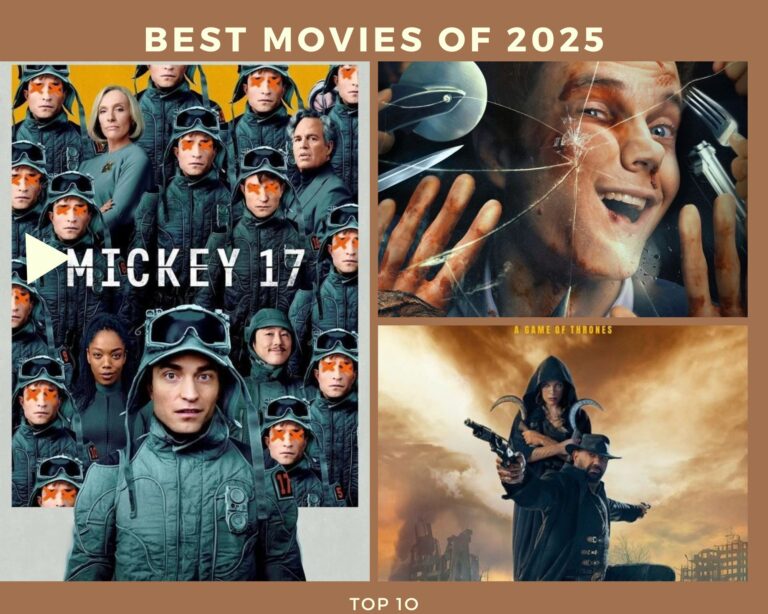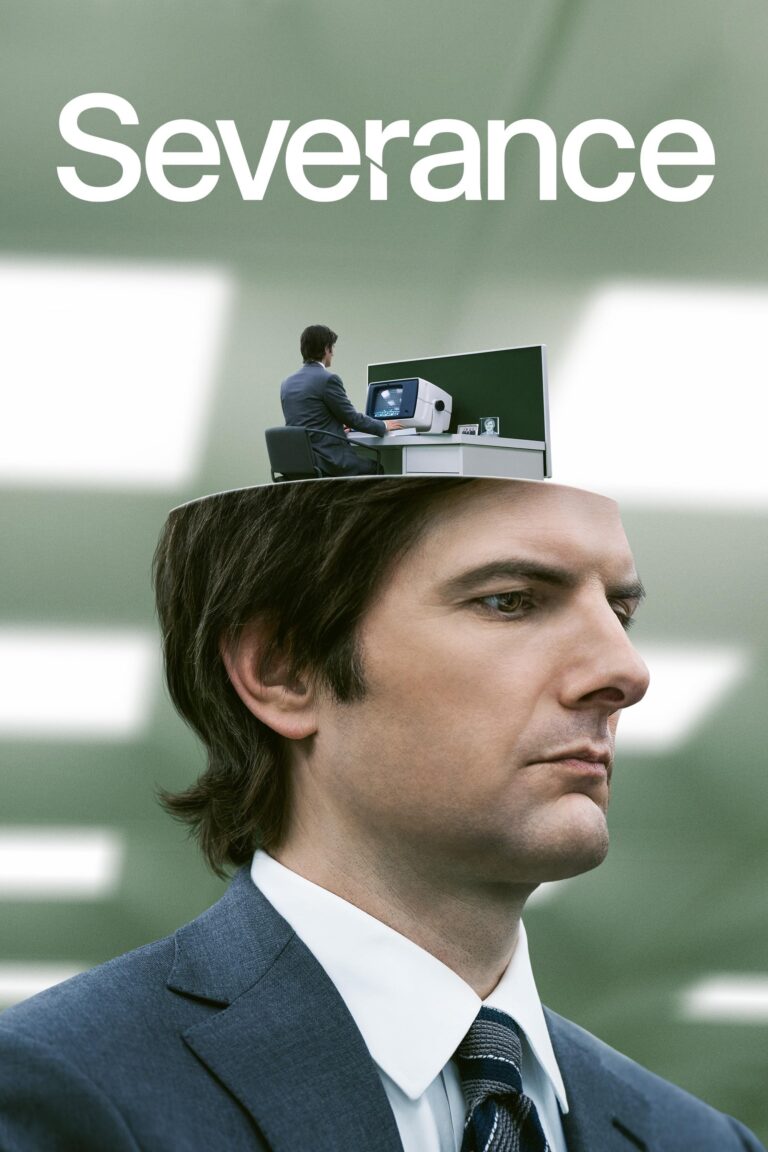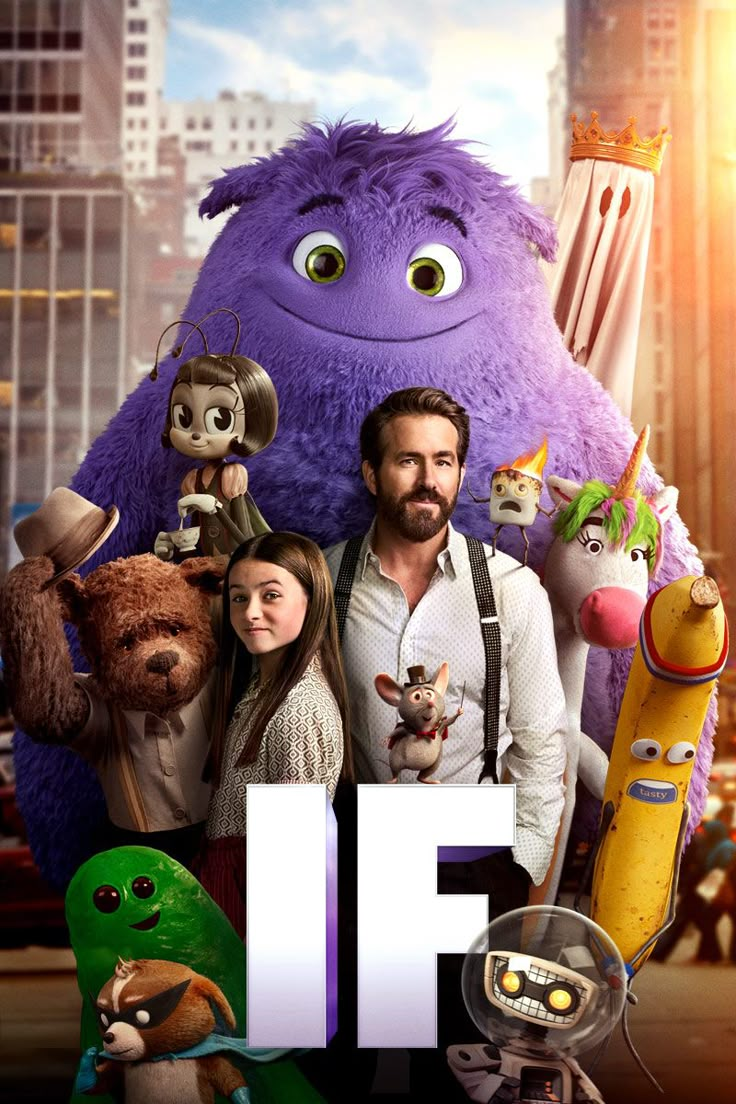“‘Sinners’ Review: Ryan Coogler and Michael B. Jordan Deliver a Daring Southern Gothic Masterpiece”5 (1)
Ryan Coogler and Michael B Masterpiece
Ryan Coogler and Michael B Sinners is a bold and genre-blending vampire film from Ryan Coogler that combines historical drama, horror, music, and metaphor in a lush, stylized portrait of Black life in the 1930s Deep South. Set over a single day and night in 1932 Clarksdale, Mississippi, the film explores the culture, struggles, and vitality of a rural Black community while weaving in supernatural horror to heighten its themes.
At its heart, Sinners is both a thrilling, bloody vampire movie and a soulful meditation on sin, freedom, cultural identity, and the roots of American music. It showcases Coogler’s command of visual storytelling, character dynamics, and political subtext, presenting a richly textured vision that functions as both entertainment and commentary.
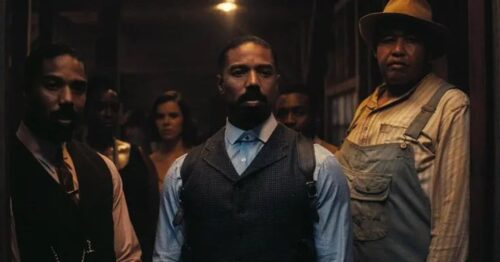
The story follows twin brothers Smoke and Stack, played in a dual role by Michael B. Jordan. They are returning to their hometown after years away—first serving in WWI on the German front, then working for Al Capone in Chicago’s underworld. Now, they return to Clarksdale to revive a juke joint and bring a taste of Northern hustle and glamour back to their roots.
Jordan’s performance, aided by seamless digital effects, offers a nuanced contrast between the two brothers. Though subtly distinguished—Smoke is grimmer, Stack more empathetic—they function as a complementary unit, tough and stylish, with a shared history and mutual loyalty.
They’re joined by key figures in the town:
- Preacher Boy (Miles Caton), their cousin, is a prodigious blues guitarist and singer whose music lifts the soul.
- Delta Slim (Delroy Lindo), is a broken-down musician drawn by the promise of liquor and revival.
- Mary (Hailee Steinfeld), Stack’s old flame, whom he left due to the impossibility of interracial love in a racist society.
- Annie (Wunmi Mosaku), a medicine woman and Smoke’s former lover, is now a force of quiet strength.
As the brothers prepare for the jukejoint’s opening, the town comes alive in a vibrant, almost utopian buzz of activity, music, and anticipation. There’s a deep engagement with community and culture, depicted through scenes of everyday life: shopping at the Chinese-run grocery store, cooking catfish, and rehearsing for performances.
The film’s horror dimension is introduced subtly. A vampire named Remmick (Jack O’Connell) appears in the second act, visiting a white farm family whose Klan gear lies crumpled in a corner—hinting that vampirism here is a metaphor for the insidiousness of white supremacy. This theme becomes more overt as the vampires—led by Remmick—attempt to infiltrate the jukejoint, representing the oppressive forces that seek to drain the vitality and freedom from Black cultural spaces.
Vampirism, often associated with eroticism in genre tradition, here becomes a metaphor for cultural and literal predation. The vampires aren’t seductive or romanticized—they’re colonizers, and cult recruiters, promising eternal life while demanding submission and conformity. Their goal is to destroy the very thing the jukejoint represents: joy, liberation, identity, and resistance through music.
There’s a crucial twist to the mythology. The film nods to the legend of bluesman Robert Johnson selling his soul to the devil in exchange for musical genius but complicates it. Preacher Boy, the central musical figure, is the son of a preacher and must choose between gospel and the blues—between sacred tradition and creative rebellion. The film never fully answers whether this music is truly “devilish,” but it clearly shows it as powerful and transformative.
Coogler’s direction is deeply cinematic, leaning into lush, poetic visuals with the help of cinematographer Autumn Durald Arkapaw. The Mississippi landscape is rendered with a haunting beauty—sunlight filtering through trees, earthy colors, and the glow of twilight evoking a magical realism. The film’s slow build and naturalistic tone in the first hour make the horror turn more impactful when it comes.
The jukejoint, a crucible of sound and sweat, becomes the battleground. As the vampires close in, we get wild set pieces: bar fights, bite scenes, and a terrifyingly surreal Irish step dance performed by the vampire cult. There’s even a long tracking shot across the dance floor showing musical figures from the future—P-Funk dancers, breakdancers, DJs—suggesting that Black music’s legacy, rooted here, will reverberate into the future. It’s a touch on the nose, but Coogler’s fluid style keeps it engaging.
The film is loaded with metaphors. Vampires represent racist oppression, but also cultural appropriation and seduction through conformity. The jukejoint represents Black freedom—raw, imperfect, and alive. Music is a liberating force, but one with a double edge: it can be free, or it can be co-opted and corrupted.
Smoke and Stack are sinners, yes, but also survivors, reclaiming power through community and commerce. Preacher Boy straddles two worlds—the church and the club, the sacred and the profane—and must decide what kind of man he wants to be.
The dual mythology—the blues as a liberation tool and as a “deal with the devil”—creates a thematic tension. Coogler doesn’t fully resolve it, and the film’s dense symbolism threatens to overload the narrative at times. But it’s ambitious, grounded, and ultimately poignant.
The film ends with a post-credits sequence that expands its mythology even more, featuring blues legend Buddy Guy in a cosmic coda that attempts to tie all its themes together. It’s more whimsical than necessary and arguably too much, but it affirms Coogler’s willingness to take big swings.
Sinners mark an important moment in Coogler’s career. After the powerful Fruitvale Station, the crowd-pleasing Creed, and the blockbuster Black Panther films, he now uses his clout to craft a deeply personal, genre-defying work. This is his vision, fully unfiltered, and it tells us that Coogler is interested in myth-making, in legacy, and in pushing mainstream cinema toward deeper cultural inquiry.
Sinners don’t always fully cohere. Its horror elements arrive late and its ambitious metaphors sometimes clash. But it’s a powerful, lyrical, and stunningly shot film with a rich cast, anchored by Michael B. Jordan’s dual performance and Coogler’s thoughtful direction. It’s a film about history, art, race, freedom, and identity—disguised as a vampire thriller, but pulsing with far more than blood.
In short: Sinners is the rare “popcorn movie” that’s also a serious, soulful statement. Even when it falters, it fascinates.
